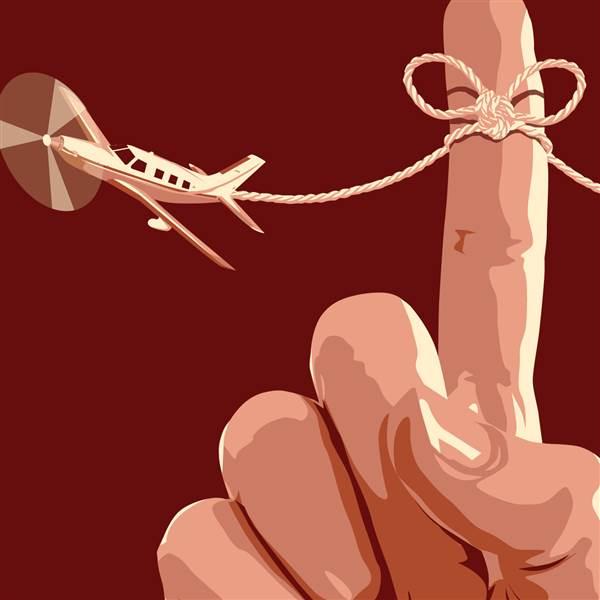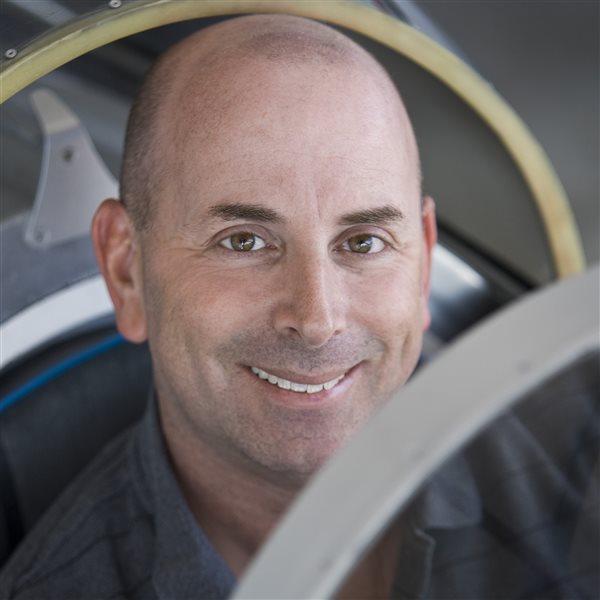Technique: Preference or procedure
Not everything needs to happen by the book
 A pilot I fly with puts an index finger on the landing gear light and keeps it there until it changes color, every single time he moves the gear knob up or down. The landing gear in his airplane takes about 10 seconds to cycle, and he doesn’t do anything else until the gear light changes color, indicating it’s completed the transition. Raising and lowering the gear that way is his preference, something he does religiously at least twice on every flight, and he insists that anyone who flies his airplane do it the same way—even though holding a finger on the light isn’t required by anyone but him.
A pilot I fly with puts an index finger on the landing gear light and keeps it there until it changes color, every single time he moves the gear knob up or down. The landing gear in his airplane takes about 10 seconds to cycle, and he doesn’t do anything else until the gear light changes color, indicating it’s completed the transition. Raising and lowering the gear that way is his preference, something he does religiously at least twice on every flight, and he insists that anyone who flies his airplane do it the same way—even though holding a finger on the light isn’t required by anyone but him.
“I do it that way because I was taught to do it that way, and it works,” he said. “When I find something that works, I don’t reinvent it.”
His index finger habit reinforces the idea that the pilot’s task is actually raising or lowering the landing gear, not just moving the round gear handle to the up or down position. Putting a finger on the light and keeping it there ensures the entire task is done completely.
Here’s another example: When I’m at cruise and ready to descend in an airplane with a carburetor, I like to apply carburetor heat. That alone typically results in a 500-foot-per-minute rate of descent, and since the engine is already running at a relatively high power setting, it blows heaps of hot air through the carburetor and prevents induction ice from forming at the venturi on the way down.
This is a preference. It’s something I do out of habit, even though it’s not likely to be found in checklists or pilot operating handbooks. But I stick with it because it seems logical and doesn’t conflict with checklists that typically have pilots apply carb heat in the traffic pattern when they perform their prelanding checks. My way accomplishes the same thing; it just brings the heat a few minutes early.
Habits that reinforce checklist procedures can be extremely helpful, even when they only add to our peace of mind.
One of my aviation mentors, who flew everything from aerobats to airliners, always made a final check of the “killer items” (fuel, flaps, trim) out loud before taking any runway for takeoff. He did that in every aircraft I ever saw him fly.
Pilots habitually verbalize the CIGAR (controls, instruments, gas, airframe, run-up) mnemonic before takeoff. And the GUMPS (gas, undercarriage, mixture, prop, seatbelts) mantra is nearly universal before landing. That holds true even after pilots have completed their printed pretakeoff or prelanding checklists, and all these items are complete already. Yet, somehow, it just doesn’t feel right to take off without CIGAR or land without GUMPS.
And while we’re on the subject of checklists, pilots should make a habit of using them at the right times.
While giving dual instruction in a complex airplane recently, our prelanding checklist was complete and we were on short final when the airplane started drifting off the extended centerline. I wondered what was wrong. The wind was calm and the skilled pilot in the left seat was known for flying with exceptional precision.
Then I looked left, and the mystery of the airplane’s wandering path was solved. The pilot’s face was buried in a checklist. He was trying to be conscientious by strictly adhering to the printed list, but he was doing it at a time when his eyes should have been looking outside for traffic, birds, obstacles, lineup, descent rate, and myriad other, more pressing things.
If he had any doubts, he could have asked his English-proficient right-seater (me) to read the list out loud, or gone around.
I guess this proves the flip side of a pilot preference is a pet peeve, and those are almost too numerous to name.
Email [email protected]



